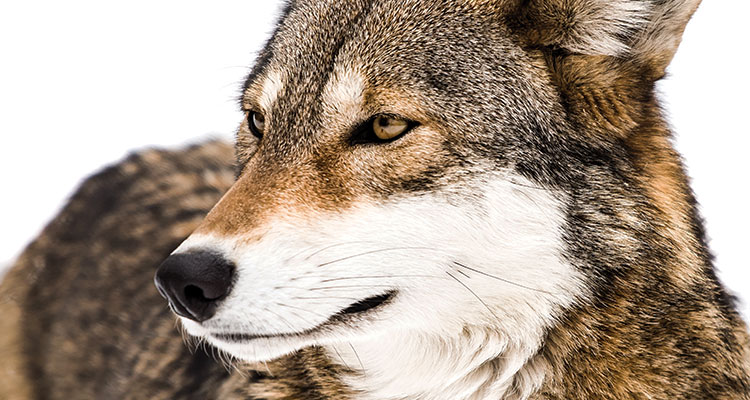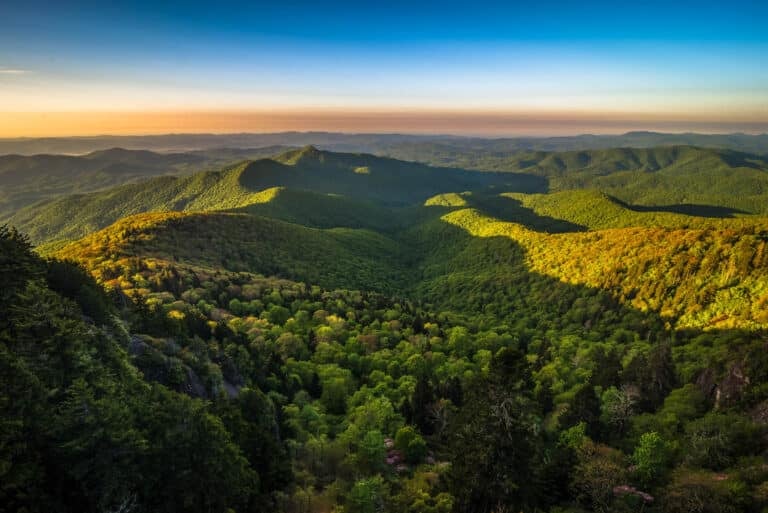Less than 25. That’s how many red wolves are left in the wild. They are possibly the most endangered species on the planet, and they live only in an area of eastern North Carolina.
The U.S. Fish & Wildlife Service, which manages all federally endangered species, will make a decision soon about the future of red wolves. A small but vocal number of hunters and landowners want the red wolf recovery program ended. The pro-hunting leadership of the North Carolina Wildlife Resources Commission is also lobbying to remove the last red wolves from the wild.
But the overwhelming majority of North Carolinians want red wolves protected. In the past year, the U.S. Fish & Wildlife Service has received over 55,000 comments in support of the red wolf recovery program—and only 10 against it.
We’ve saved red wolves once before. After nearly being hunted to extinction in the twentieth century, a few pairs of red wolves bred in captivity were released in eastern North Carolina in 1987. Red wolves flourished for nearly three decades in the wild, and their population swelled to over 200. The red wolf recovery program was heralded as one of the most successful reintroductions of an endangered species into the wild.
Then, in the last few years, a small group of hunters and landowners took aim at the red wolves. The recovery program has been suspended, and their numbers have quickly plummeted.
Can we save the red wolves again? Only if we make more noise than the politically influential folks targeting the wolves. We stand to lose more than an endangered species. An irreplaceable wildness will also vanish. The woods and wilds will be eerily and tragically silent without the red wolf’s howl.








